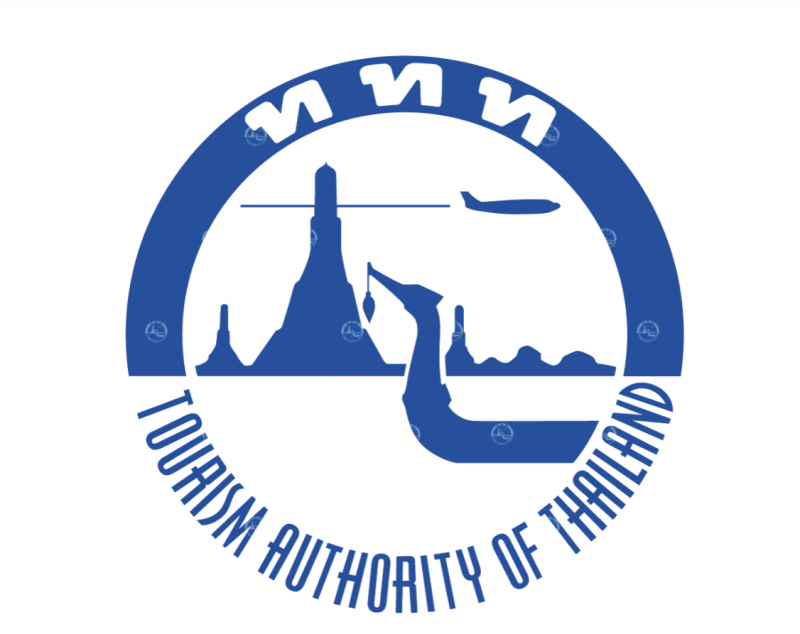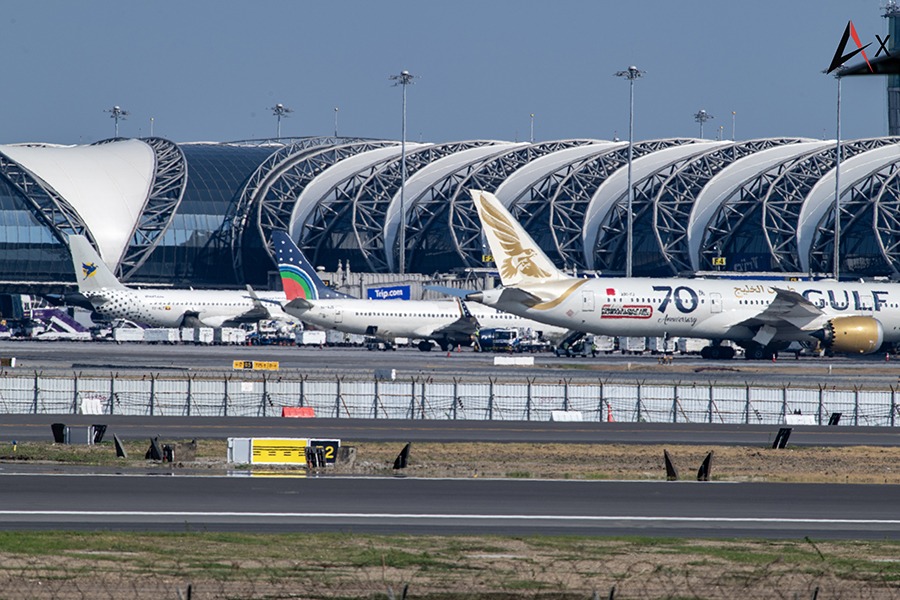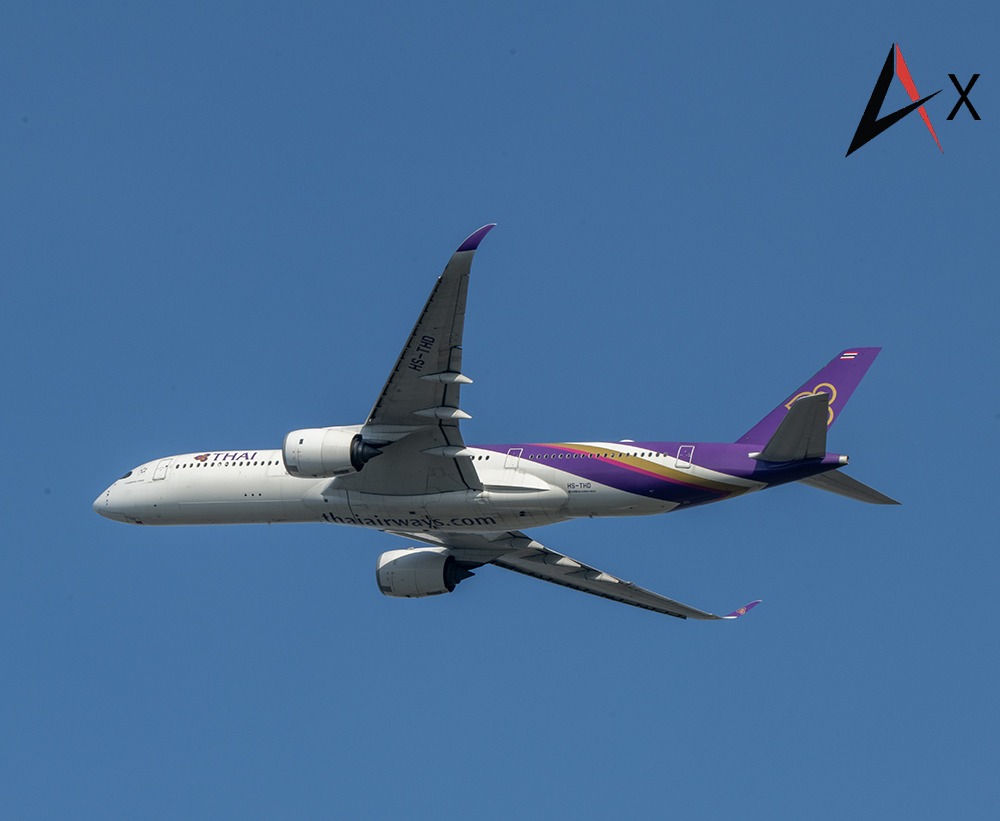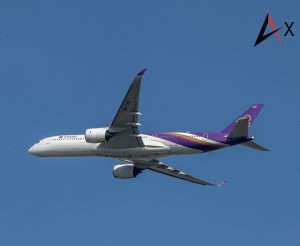Thailand is no longer the top destination for Chinese travelers, as Japan claimed that title last year.
The Tourism Authority of Thailand (TAT) is preparing to revise its targets for Asian visitors in 2025 in an effort to identify potential markets to compensate for declining Chinese arrivals.
According to the Japan National Tourism Organization, the number of Chinese visitors to Japan reached 6.98 million in 2024, marking a 188% increase. In comparison, Thailand’s Tourism and Sports Ministry reported that 6.73 million Chinese tourists visited Thailand last year.
Concerns have been raised by some Chinese tourists regarding the use of Thailand as a transit point for human traffickers. Pattaraanong Na Chiangmai, TAT’s deputy governor for international marketing in Asia and the South Pacific, clarified that job scam networks primarily target job seekers rather than tourists, reassuring potential visitors to continue their travel plans.
The TAT recently issued a statement from its five offices in China, informing tourism partners that Thailand has implemented measures to ensure tourist safety and encouraging them to maintain collaboration with local business partners.
In April, the TAT plans to launch the “Grand Songkran, Grand Privileges” campaign, partnering with hotels, airlines, department stores, and amusement parks to offer promotions aimed at all markets.
As the government has increased its tourist target from 39 million to 40 million foreign arrivals this year, TAT recognizes the need to adjust plans based on current circumstances. The reduction in Chinese visitors is expected to impact figures by at least 10% during the Chinese New Year in the final week of January.
For the Northeast Asian markets, Ms. Pattaraanong noted that South Korea and Japan might help offset the loss of Chinese tourists this year, with arrivals from these countries anticipated to rise compared to last year.
In 2024, Thailand welcomed 1.8 million South Korean visitors, prompting the TAT to aim for 2 million from this market this year. The South Korean sector has shown potential for revenue distribution across various regions, with direct flights to Chiang Mai and Phuket.
Meanwhile, the Japanese market performed well, with 1.05 million arrivals—surpassing the target of 800,000 to 900,000. The TAT plans to consult with its three offices in Japan to establish a new target for the year.
Despite the decline in Chinese demand, the TAT continues to promote the market by strengthening cooperation to commemorate the 50th anniversary of diplomatic relations between Thailand and China, launching promotional campaigns with online travel agents to attract tourists.
Chuwit Sirivejkul, TAT’s regional marketing director for East Asia, pointed out that the baht’s appreciation in 2024 had a significant effect on the Chinese market, while the yen remained weak throughout the year. He noted that the favorable exchange rate in Japan contributed to the increase in visitors from China, along with lower airfare due to the shorter distance compared to Thailand.













